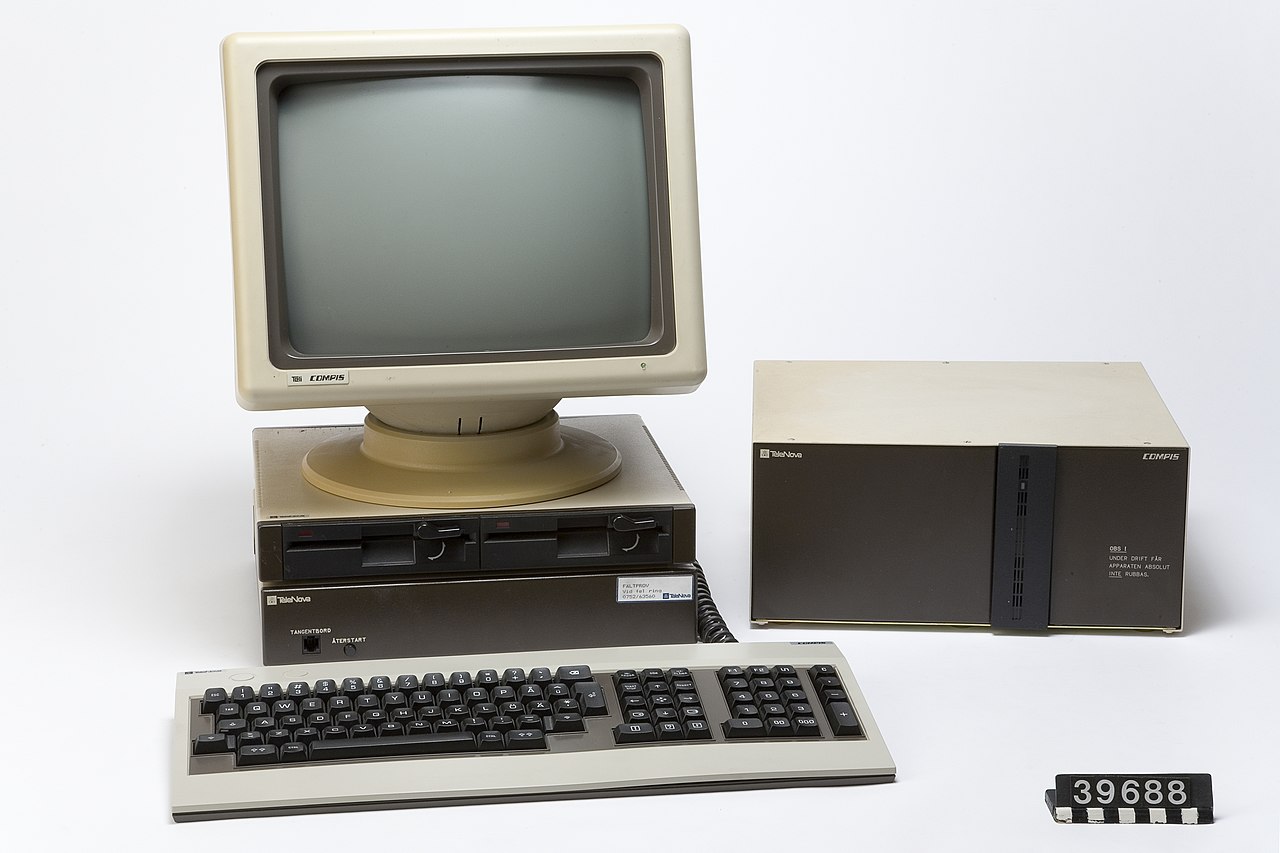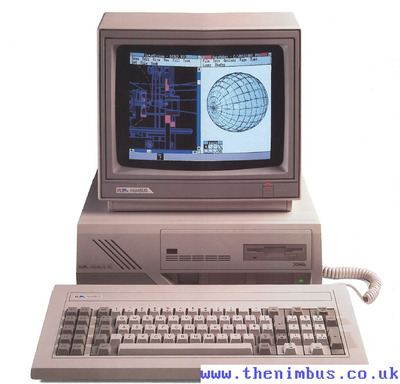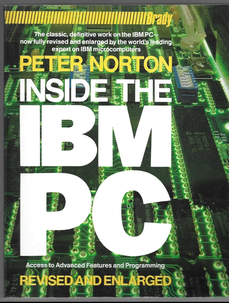Reply 60 of 97, by kant explain
Disruptor wrote on 2023-11-28, 01:39:But not IBM-compatiblity. […]
kant explain wrote on 2023-11-28, 00:20:Jo22 wrote on 2018-09-22, 09:51:That's right. Though IBM PC compatibilty wasn't all that important in the first half of the 1980s. Originally, system makers ass […]
That's right. Though IBM PC compatibilty wasn't all that important in the first half of the 1980s.
Originally, system makers assumed that industry kept going the CP/M way of hardware independence,
so MS-DOS compatibility was considered good enough for a while. Unfortunately, things went different and programmers started to
do a lot of bare metal programming, assuming everyone had an IBM PC. This broke compatibility for a lot of early systems,
which were only DOS and partially PC-BIOS compatible. Anyway, I'm no PC/XT expert. Just summing up what I learned from reading old magazines.🤣 lOL compatibility was extremely important in every part of the 80s (except 1980, non IBM puters were all the rage). Thing is if you bought a Tandy 2000 say, and had a few dozen titles to choose from, you maybe were fat (as was I), dumb (as I was definitely), and happy for a while. Until you tried to boot Starflight 🙁. A lot of hot titles were available. There's a sourceforge or github site full of Tandy 2000 specific s/w and docs if you google.
But not IBM-compatiblity.
CP/M compatiblity was the thing in the low 1980's.
Even MS-DOS had to be kinda compatible to CP/M (because 86-DOS/QDOS was inspired by CP/M's API).
Later it was DOS compatiblity. Microsoft supplied adaptions for almost each supplier within DOS 1.x, like PC-DOS.
Suddenly the IBM PC got mainstream (perhaps due to the royalty-free PC-BUS "ISA") and things changed. While the compatiblity to the IBM PC got important, Phoenix developed a BIOS that was free from any IBM code but has cloned the interface and Microsofts sold its own MS-DOS to the users of the clones. That was likely in the mid of the 1980's.
But even the API of MS-DOS has been changed. Do you remember accessing files with FCBS?
With the IBM AT in the mid 1980's it was still IBM who set the standard. However, with the 386 IBM lost the lead... to a "COMPAtible Quality" manufacturer.
MS-DOS was kinda cp/m compatible from the getgo. That's where they got the 8.3 file naming convention. Cp/m was a thing, but there were clones in 1982. Not many at all had anything other then dos as an option, at least not advertised.Microsoft wrote PC/MS-DOS. They were offering it with the Columbia, Compaq, etc. Most of the pseudo compatibles came out in 1983. The Tandy 1000 by 1984. Not exactly sure when the big apps were released, lotus, ashton tate, various M$ titles. But companies weren't building outright clones or something less so peeps could run cp/m.
I don't even know what fcbs is. I'm not aware of the bios changing significantly, as they were in firmware. The dos functions, which were disk based were updated from version to version somewhat. You can format and copy floppies easily with bios code alone.
You can talk about alternate os' for the pc, p-system, netwate-86, etc. and they're all interesting. But the pc was a hit a) because huge company built it. And b) it seemed to make more sense to write for dos.
Cp/m-86 is basically just a footnote. Why exactly I don't know.
And you have to remember all the clones ran ms-dos. Some had their own versions. Those that required anything other then vanilla dos and couldn't run off the shelf ibm stuff were doomed. People bought them. But too few to make any a hit. And none were able to take the reigns from IBM. Despite most if not all being superior technologically.


